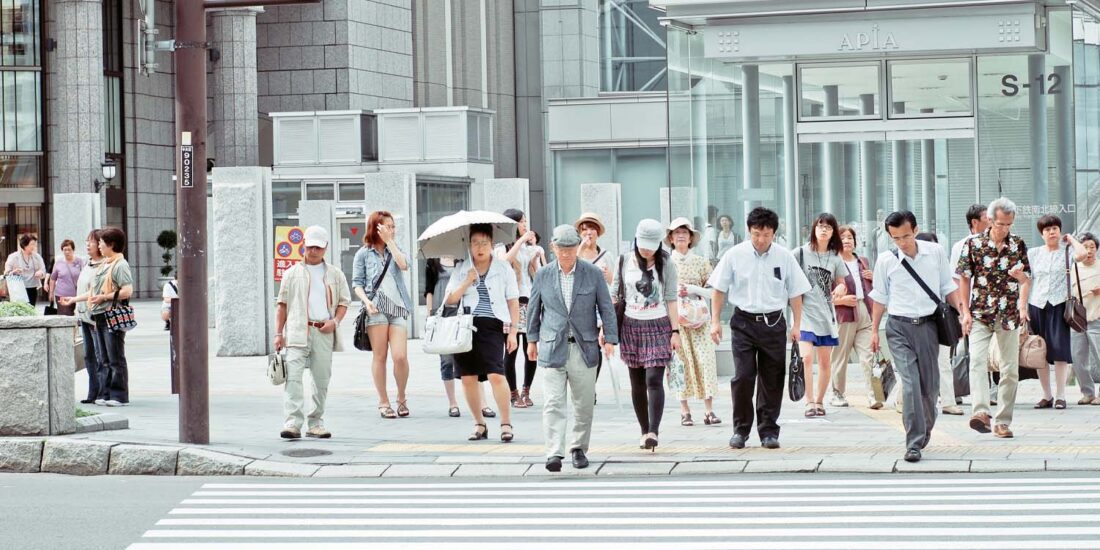Japan is an interesting case study for ageing because it is one of the most rapidly ageing societies in the world. The proportion of people aged 65 years or older is currently around 28%, which is the highest among all major developed countries. The number of centenarians in Japan is also the highest in the world, with over 80,000 people aged 100 or older, as of 2021.
Since 2011, the Japanese population has also been declining. This demographic trend in Japan is due to a combination of factors, including a low fertility rate, a long life expectancy, and a lack of immigration at the levels seen in North America or Europe. These factors have important implications for various aspects of Japanese society, such as healthcare, social welfare, the labour market, and economic growth. Furthermore, Japan has implemented various policies and programs to address the challenges posed by its ageing population, such as promoting active ageing, increasing the availability of nursing care services, and encouraging immigration. These policies have important implications for other countries that are also facing ageing populations.
This interview will look at how these trends have affected Japan and Japanese society, and draw on comparative and contrastive cases from other countries as it is often seen as a canary in the coal mine. Japan might be in front, but it is certainly not alone, and there are many parts of the world with similar demographic trends looking closely at Japan as a model and anti-model, in particular looking at issues relating to an ageing workforce in both the US and China.
Read presenter's biography
